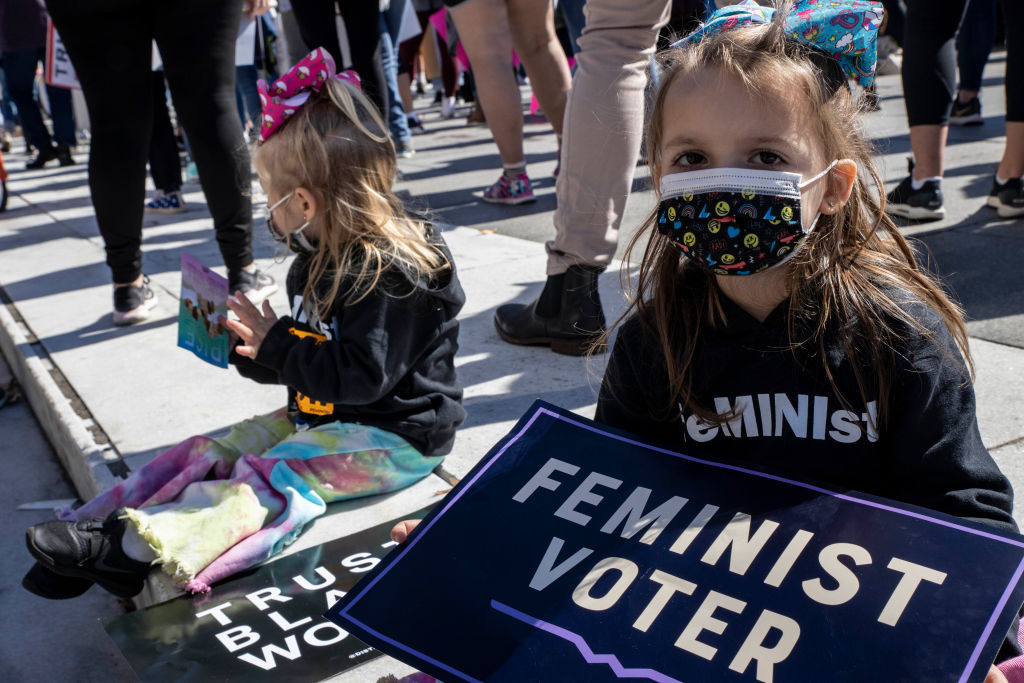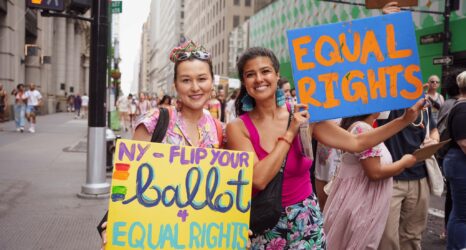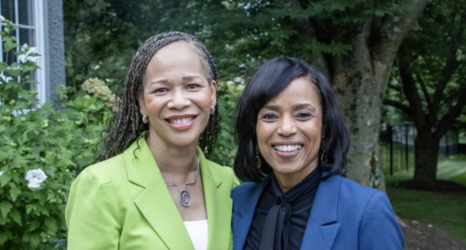
The Dobbs decision marked the first time in U.S. history millions of Americans lost a fundamental right. We understand the overturning of Roe v. Wade as just the beginning. Nearly half the states in the country have severely restricted or banned abortions. Escalating legislative attacks on bodily autonomy, against the LGBTQ+ community in particular, put young people in harm’s way and put schools and libraries on the frontlines.
As young advocates in the movement for gender justice, we believe these mounting attacks demand that we imagine new paradigms for envisioning justice and intergenerational equity. The successes of other movements may provide inspiration for revolutionizing our own.
The environmental justice movement could serve as one such source of inspiration. In 2020, 16 young people sued the state of Montana, challenging a state law that prohibited state agencies from considering climate change in environmental reviews of proposed projects. The plaintiffs in Held v. Montana successfully argued that this provision, called the MEPA Limitation, violated “the right to a clean and healthful environment for present and future generations” under the Montana Constitution. Their victory established that young people are “disproportionately harmed by fossil fuel pollution and climate impacts.”
This case—and the broader concept of intergenerational equity—has implications that resonate more broadly, notably to gender injustice. The principle of intergenerational equity is often traced to the work of legal scholar Edith Brown Weiss, who proposed a framework that considers present generations’ obligations to the future—and that demands present-day equity to build toward a just future.
Gender injustice negatively affects the future that we, as young people, will inherit.
That call to justice begins with enshrining explicit sex equality in our constitution by finalizing the Equal Rights Amendment. Gender injustice negatively affects the future that we, as young people, will inherit.
This includes both individual instances of inequity and discrimination and the pervasive, far-ranging impacts of a system which doles out disproportionate privileges and burdens on the basis of gender, a framework articulated by legal scholar Julie Suk in her book After Misogyny, How the Law Fails Women and What to do About it. For example, full reproductive rights are a key determinant for educational attainment and wealth creation, whereas abortion restrictions and bans can have devastating health consequences and enable cycles of intergenerational poverty.
Across the world, equitable access to education is linked with the ability to make informed decisions about one’s health and reproduction; both of these factors improve economic and political outcomes for all generations. Equitable gender representation in political bodies and peace-making processes is also linked to stronger, more secure governance, thus ensuring the stability of the world that future generations will inherit.
Whereas the achievements of gender justice in the present promote equity for the future, failures to do so further intergenerational cycles of trauma. Restricting access to safe, affordable abortions leads to long-term negative consequences on the financial, mental and physical well-being of parents—consequences passed through generations. Children raised in households with gender-based violence are at increased risk of becoming a victim or perpetrator in the future.
International human rights law and many domestic legal codes have long recognized intergenerational equity as a core goal of governance. The U.N. Convention on the Rights of the Child (1989), UNESCO’s “Declaration on the Responsibilities of the Present Generations Towards Future Generations” (1997), and the Maastricht Principles on The Human Rights of Future Generations (2023) are all key examples of how the principle of intergenerational equity has appeared in international multilateral agreements.
Our call for intergenerational gender justice is both a recognition of the work that came before us—and an insistence on youth’s unique voice in the fight to secure a better future.
In fact, the Preamble to the United States Constitution, which sets out the intentions and guiding principles of the Constitution, establishes the founders’ commitment to securing “the Blessings of Liberty” for future generations.
As young people and inheritors of the century-long movement to ratify the Equal Rights Amendment, our call for intergenerational gender justice is both a recognition of the work that came before us—and an insistence on youth’s unique voice in the fight to secure a better future.
An intergenerational ERA is a framework to create lasting gender equality and strengthen our democracy in our lifetimes. It establishes a groundwork for our future by helping to achieve substantive equality now.
Care about women’s equality? We do too. Let Ms. keep you up to date with our daily + weekly newsletters. (Or go back to the “ERA Is Essential to Democracy” media collection.)






